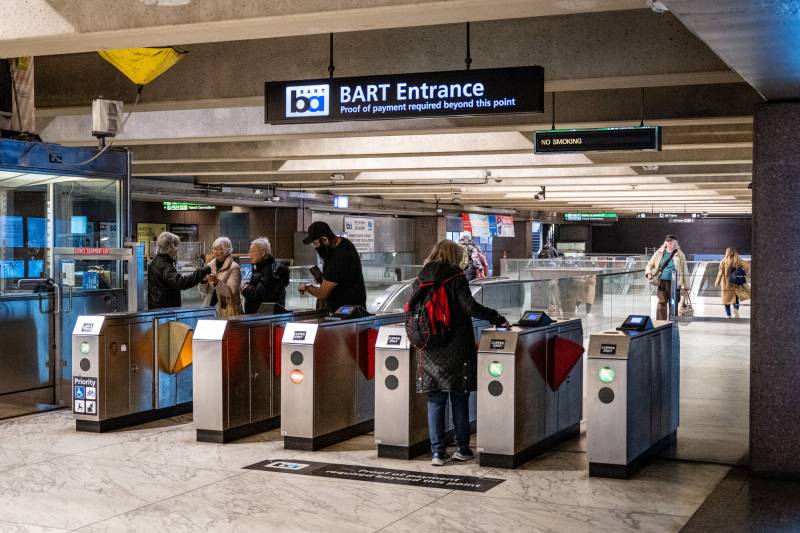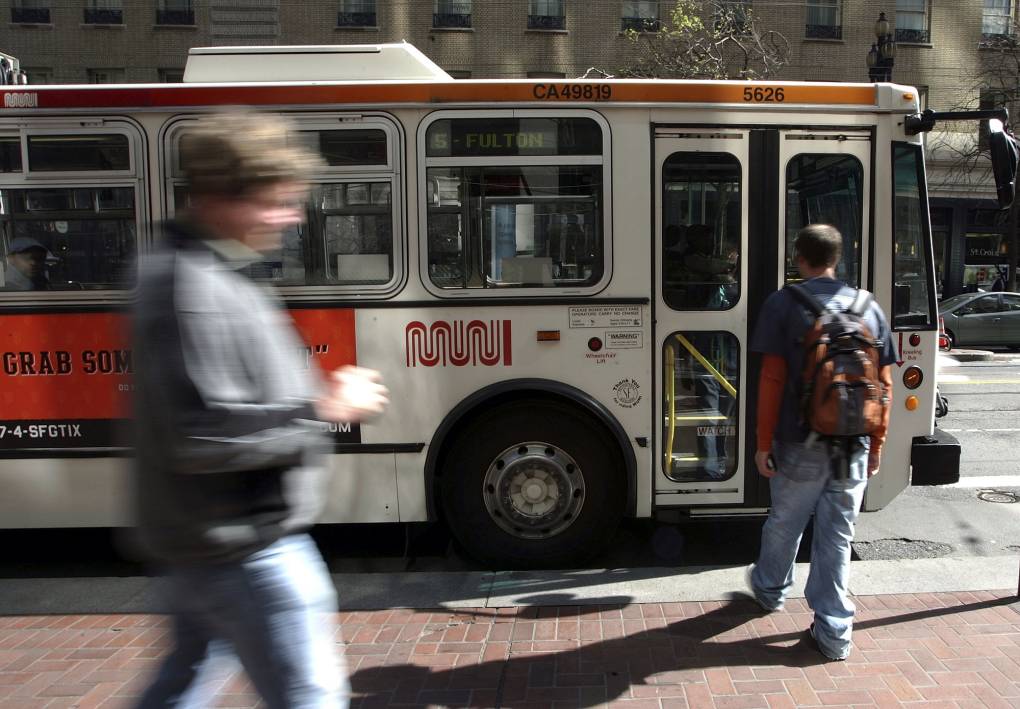BART riders’ commutes are about to get more expensive.
Fares will increase 5.5% in the new year to keep up with the cost of inflation, the agency announced Wednesday. It said that the price bump is necessary to continue to pay for operations and restore financial stability after multiple years of low ridership.
“BART fares remain a vital source of funds even with ridership lower than they were before the pandemic,” board vice president Mark Foley said in a statement.

